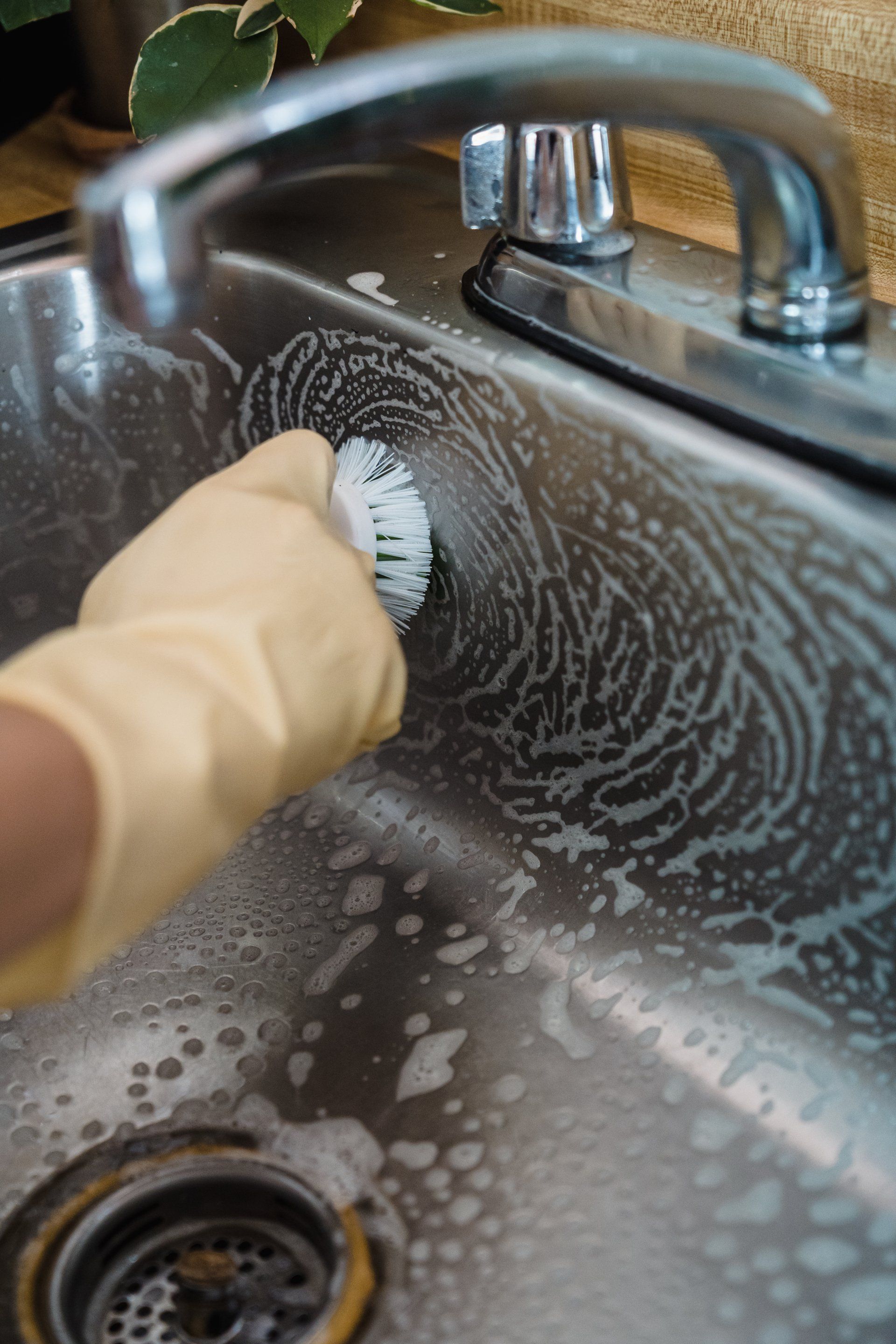Guide to Effective Marble Sealing
Sealing your marble is essential for maintaining its beauty and durability. Proper marble sealing not only protects the surface from stains and spills but also enhances its natural luster, ensuring that your investment lasts for years. Understanding the steps involved in this process can make the task manageable and effective.

In this post, you will learn about the specific steps necessary for sealing your marble, including surface cleaning, choosing the right sealant, and applying it correctly. Each step is crucial to achieving a long-lasting finish that will shield your marble from everyday wear and tear.
With the right techniques and products, you can significantly improve the longevity of your marble surfaces. Join us as we detail the process, empowering you to keep your marble looking its best.
Understanding Marble Sealing
Marble sealing is a crucial process that protects your marble surfaces from damage and preserves their beauty. Knowing the benefits and the types of sealers available will help you make informed decisions for your marble's care.
Benefits of Sealing Your Marble
Sealing your marble offers multiple advantages that enhance both durability and aesthetics. Sealed marble surfaces are more resilient against stains and moisture, which can lead to costly repairs. By applying a sealer, you reduce wear from foot traffic, helping maintain the integrity of your floors and countertops.
Sealing also simplifies maintenance. You’ll find that cleaning sealed surfaces requires less effort and fewer harsh chemicals. Moreover, sealed marble retains its natural beauty and sheen, ensuring that your investment looks pristine for years to come. It’s important to note that regular sealing extends the life of your marble and minimizes long-term expenses.
Types of Marble Sealers
There are primarily two types of marble sealers: penetrating sealers and topical sealers.
- Penetrating Sealers: These are absorbed into the marble, filling the pores and creating a barrier against liquid penetration. They excel in stain prevention, making them ideal for high-traffic areas. Commonly, they are silicone or silane-based, offering long-lasting protection.
- Topical Sealers: Unlike penetrating sealers, these sit on the surface, providing a protective film. They enhance shine and can give your marble a polished look. However, they may require more frequent reapplication and can dull over time if not maintained.
Understanding these sealers helps you choose the right option based on your specific needs and preferences for marble care.
Pre-Sealing Preparation
Ensuring your marble surface is properly prepared before sealing is crucial for achieving the best results. This involves thorough cleaning and a detailed assessment of the marble’s condition to address any issues that may affect the sealing process.
Cleaning the Marble Surface
Begin by removing all items from the marble surface to have a clear workspace. Use a soft dust mop or a vacuum to eliminate loose dirt and debris.
Next, prepare a gentle cleaning solution. Mix a few drops of dish soap with warm water. Dampen a soft cloth or sponge with this solution, then wipe the surface, avoiding harsh chemicals that can damage the marble.
Rinse the area with clean water and wipe it dry with a microfiber cloth to prevent streaks and water spots. For deeper stains, consider using a marble-specific cleaner or a poultice approach to lift stubborn marks effectively.
Assessing the Marble's Current Condition
Inspect the marble carefully for any cracks, chips, or etching. Look for discoloration or dull spots that can indicate areas needing repair before sealing.
Check the grout lines too, as they should be intact and clean. If you notice any damage or heavy staining in the grout, you may need to address these issues first.
Taking the time to assess the surface allows you to plan necessary repairs or additional cleaning steps, ensuring optimal adhesion of the sealant and the longevity of the restoration.
The Marble Sealing Process
Sealing your marble surfaces is crucial for maintaining their beauty and durability. The process involves selecting the appropriate sealer, applying it meticulously, and allowing sufficient time for curing to ensure optimal protection.
Selecting the Right Sealer for Your Marble
Choosing the correct sealer is essential to protect your marble from stains and damage. Look for an impregnating sealer that penetrates the surface effectively.
Key features to consider include:
- Low or No VOCs: Ensures safety for indoor use.
- Non-staining: Prevents discoloration from spills.
- Heat and Acid Resistance: Essential for kitchen applications.
- NSF/ANSI 51-2012 Compliance: Guarantees suitability for food contact areas.
Research brands that offer durable and long-lasting options, as the right sealer will significantly enhance the longevity of your marble.
Step-by-Step Application Instructions
Begin with a clean marble surface. Use a pH-neutral cleaner to remove any grime or existing residue.
Next, follow these steps for application:
- Test the Sealer: Conduct a small patch test to ensure compatibility.
- Apply the Sealer: Use a soft cloth or sponge to spread the sealer evenly. Work in sections to avoid missed spots.
- Let it Soak: Allow the sealer to penetrate for about 5 to 10 minutes, ensuring deep absorption.
- Wipe Off Excess: Use a dry cloth to remove any surplus sealer from the surface.
- Clean Again If Necessary: If the surface feels sticky, a gentle wipe down can help.
This method ensures a thorough application for lasting protection.
Drying and Curing Time
After sealing, it is vital to allow the marble to dry and cure adequately.
- Drying Time: Generally, the surface will be dry to the touch within 30 minutes.
- Curing Period: For full curing, avoid contact with water for at least 24 to 48 hours.
Make sure to follow these recommendations for the best results. Proper curing prevents any potential damage and ensures that the sealer establishes a strong barrier against spills and stains.
Maintaining Your Sealed Marble
Proper maintenance is essential for preserving the beauty and functionality of your sealed marble. Adopting daily care practices and effectively addressing spills and stains can significantly extend the life of your marble surfaces.
Daily Maintenance Tips
To keep your sealed marble looking pristine, regular cleaning is vital. Use a soft microfiber cloth or a dust mop to remove dust and debris. This prevents scratches and maintains the shine of the surface.
For deeper cleaning, opt for a pH-neutral cleaner specifically formulated for marble. Avoid acidic or abrasive cleaners, as they can damage the sealant over time. Dampen a cloth with the cleaner and gently wipe the surface, then rinse with warm water.
It's also advisable to inspect the seal periodically. If you notice water not beading on the surface, it may be time to reseal. Maintaining this routine helps ensure your marble remains beautiful and protected.
Dealing with Spills and Stains
Promptly addressing spills is crucial in preventing stains on sealed marble. Immediately blot spills with a soft cloth; do not wipe, as this can spread the liquid.
For stubborn stains, create a paste from baking soda and water. Apply it to the stained area, cover it with plastic wrap, and let it sit for 24 hours. Once time has passed, remove the paste and rinse the area thoroughly.
For specific types of stains, such as oil or wine, you may need to adjust your approach. Always consult a professional if you're unsure about the best treatment for a particular stain. By taking swift action, you can preserve the integrity of your marble surfaces.
Why Choose Famous Marble for Your Restoration Needs
When it comes to marble restoration in Los Angeles, Famous Marble stands out for several reasons.
- Expertise: Our team is well-trained in all aspects of marble care, including polishing, cleaning, and sealing. You can trust us to handle your marble needs with professionalism.
- Custom Solutions: We evaluate each project individually. Whether you require simple cleaning or comprehensive restoration, we tailor our services to fit your unique stone requirements.
- Quality Products: We use high-quality sealing products that ensure longevity and protect against stains and damage, extending the life of your marble.
- Customer Focus: Your satisfaction is our priority. We strive to deliver excellent service and maintain open communication throughout the restoration process.
- Local Knowledge: Being based in Los Angeles, we understand the unique challenges marble surfaces face in the area. Our experience allows us to address specific concerns effectively.
By choosing Famous Marble, you ensure that your marble surfaces receive the best care possible, preserving their beauty and extending their life.
You might also like
Contact Us
We will get back to you as soon as possible.
Please try again later.
All Rights Reserved | Company Name | Powered by Snapps



